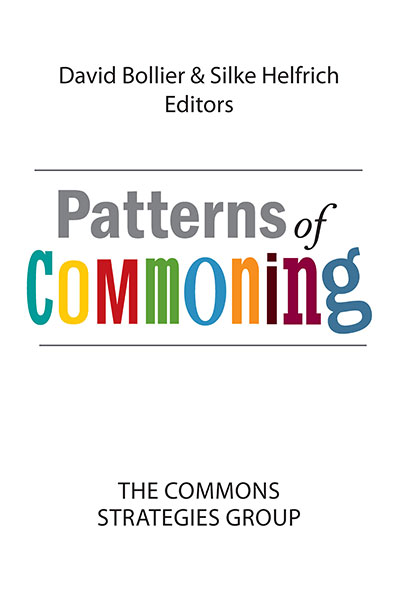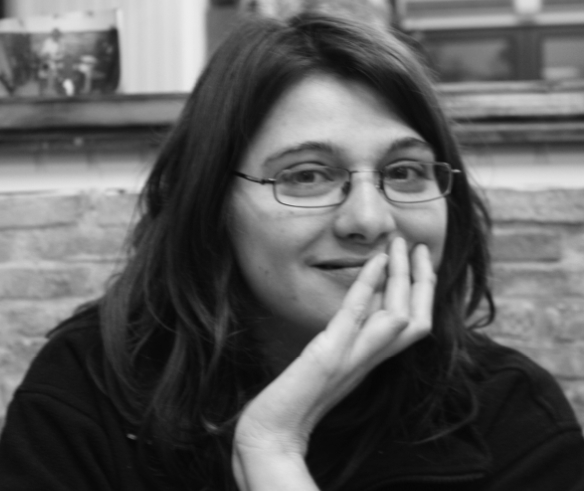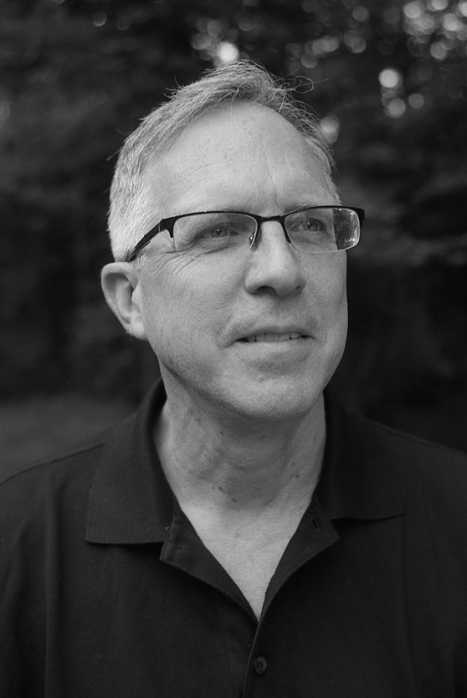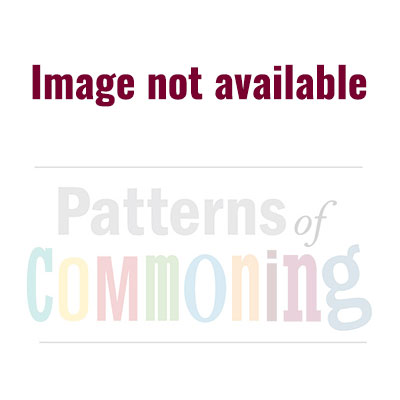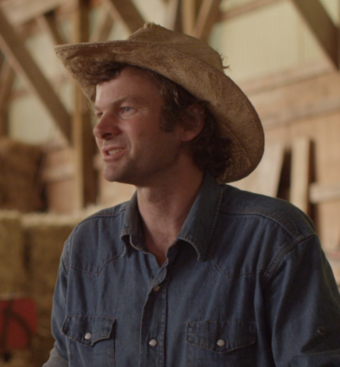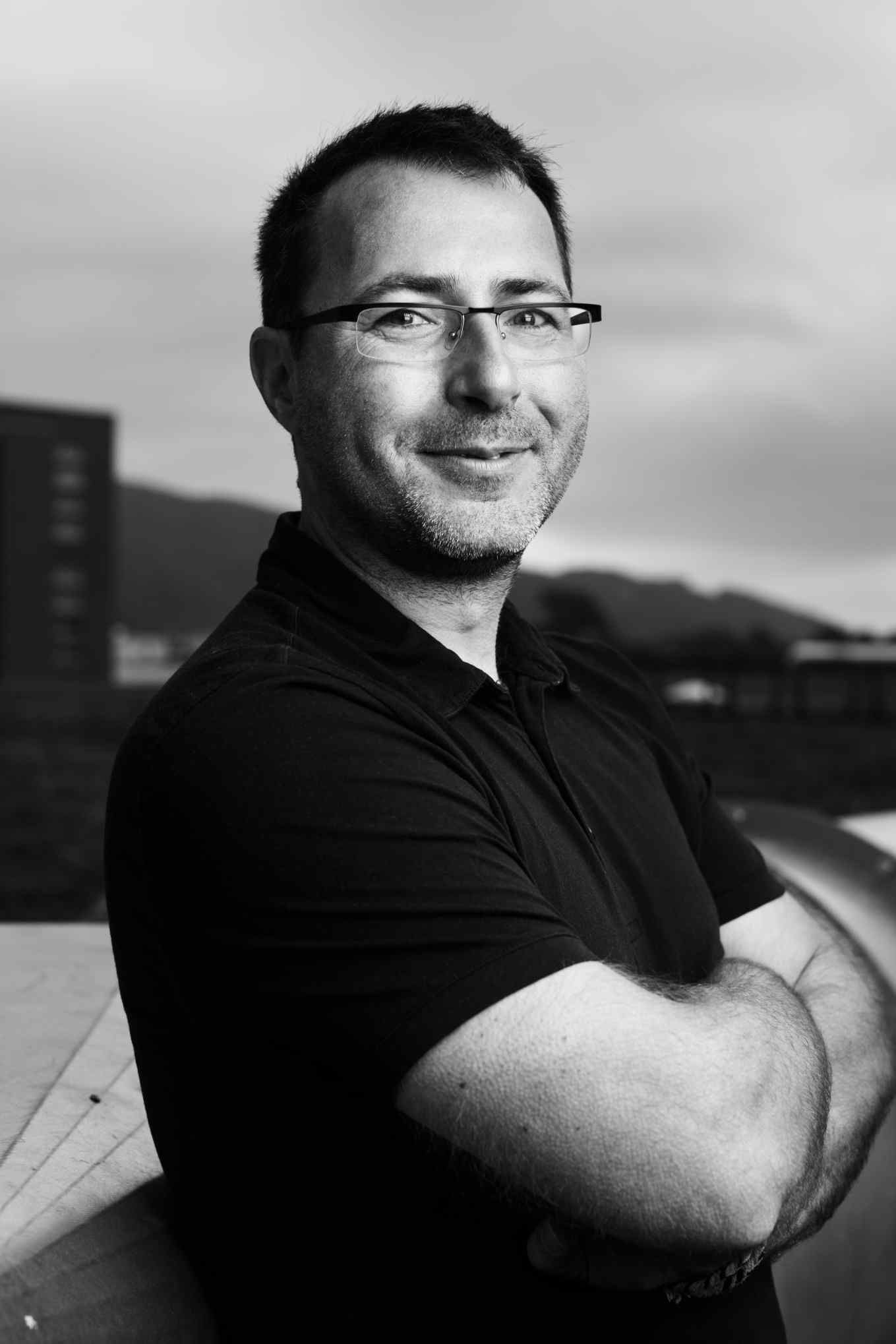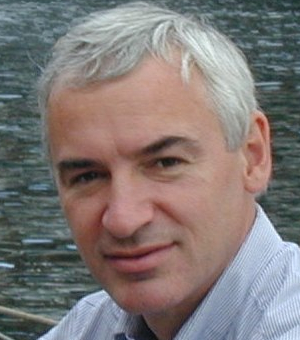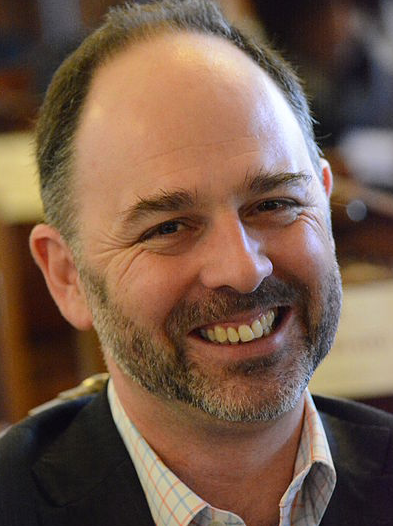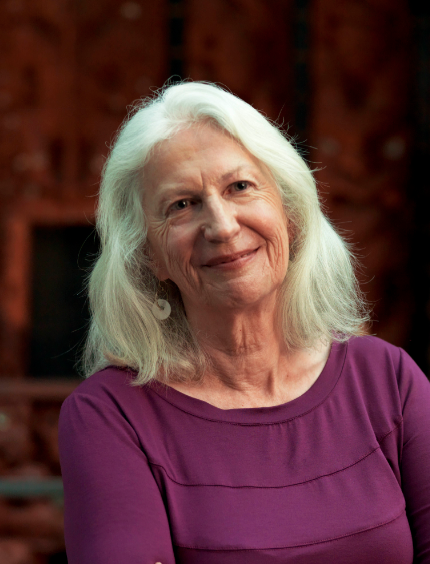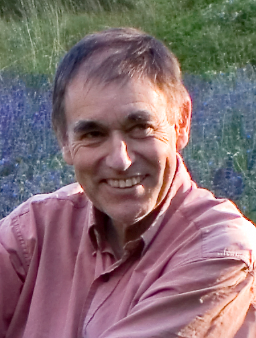Alain Ambrosi (Canada) is a designer and producer of intercultural projects, independent researcher, author, videographer and producer of the Remix The Commons Project.
Patterns of
COMMONING
Commoning in Times of Disaster: The Humanitarian OpenStreetMap Team
By Kate Chapman
Just a few hours after the 7.0 magnitude earthquake hit Haiti in January 2010, a group of collaborators from the OpenStreetMap community began collecting all sorts of topographical data about the country – roads, towns, hospitals, government buildings. Within forty-eight hours high-resolution satellite imagery taken after the earthquake became available, and within a month over 600 people had added information to OpenStreetMap of Haiti.
This online map quickly became the default basemap for a wide variety of responders – search and rescue teams, the United Nations, the World Bank, and humanitarian mapping organizations such as MapAction. It turned out to be the first step in the formation of the Humanitarian OpenStreetMap Team, or HOT, which has gone on to organize dozens of similar humanitarian mapping projects over the past five years.
The project amounts to a “mapping commons” whose freely available geographic data is invaluable to humanitarian responders to natural disasters and crises. The maps are also widely used by communities to help them formulate and pursue their own development goals.
The heart of the HOT project is a large corps of concerned volunteers who are committed to creating online maps freely available to anyone. The maps – all based on the open source collection of maps hosted by OpenStreetMap, the Web map wiki project – are especially valuable in places where base map data are scarce, out of date, or rapidly changing.
HOT relies on OpenStreetMap (OSM), a collaborative global project started by Steve Coast in the UK in 2004 following the success of Wikipedia. Relying on crowdsourced data from more than 1.6 million registered users, OSM maps are compiled entirely by people who survey land with GPS units, digitize aerial imagery, and collect and liberate existing public sources of geographic data. Unlike many other providers whose maps are made by paid professionals and sold as proprietary products, OSM allows anyone to contribute information, correct mistakes and access it anywhere in the world. This allows vast quantities of information to be gathered together on one platform in highly participatory and efficient ways.
The maps themselves are licensed under an Open Data Commons Open Database License (ODbL), which means that the maps are freely available to anyone to “copy, distribute, transmit and adapt” so long as any derivative map information is also available under the same terms.1 This licensing is very important in disaster situations because it allows responders to have quick, no-cost access to accurate information about a region – something that conventional commercial maps do not ordinarily allow. The freely licensed geographic data also makes it far easier for responders to adapt the raw data to create printed maps and mobile applications.
The Humanitarian OpenStreetMap Team was incorporated as a nonprofit shortly after the spontaneous collaboration of humanitarian mappers in response to the Haiti earthquake in 2010. While HOT has a board of directors and a voting membership that comprise the legal body of the organization, anyone with an OSM user name can contribute to the HOT mission via its “Tasking Manager,” a tool that divides up a mapping job into smaller tasks that can be completed rapidly.2
HOT is part of a sprawling global commons of geographic mapping volunteers who apply open-source principles and open data sharing to improve the welfare of communities in which they work, especially those at risk of natural disaster or other crises. The project engages participants in two ways: by coordinating volunteers from around the world in using satellite imagery to compile maps, and by providing training and support to OpenStreetMap communities in countries prone to disasters. HOT also globally advocates the importance of free geodata in saving and improving lives in times of political crisis and natural disasters.
In late 2013 Typhoon Haiyan, one of the strongest typhoons on record, hit the Philippines, destroying thousands of homes and displacing thousands of people. The OpenStreetMap Philippines (OSM-ph) community and HOT were not strangers prior to such scenarios; a colleague group of humanitarian mappers, MapAction, had used OpenStreetMap to develop an official response map in 2009 after tropical storm Ondoy. In the case of Typhoon Haiyan, both the OSM-ph community and the HOT community began mapping the city of Tacloban together even before the typhoon made landfall. Thirty-three mappers used open satellite imagery to add 10,000 buildings to the map, or about one-quarter of all buildings in Tacloban. This data about the location of health facilities, government buildings, water and electricity sources, and so forth have obvious value to responders who must plan activities in rapid, on-the-fly ways from remote locations. The Red Cross has used the map data, for example, to assist in performing a damage assessment. Over 1,600 volunteers from all over the world contributed some five million map changes in the first month after the typhoon. This data was extremely useful to the Philippines government and international response organizations.
In responding in 2014 to the massive Ebola outbreak, which has infected an estimated 24,000 people and killed 10,000, HOT’s volunteer mapping was quite helpful to Doctors Without Borders (Medicins sans Frontieres, MSF), CartONG and the Red Cross. Detailed, accurate maps were vital in helping emergency field workers to navigate Guinea, Liberia, Sierra Leone and Nigeria, and to identify infected people who needed medical care.
Not all of the work of the HOT community is focused on this type of intense disaster response. Often mapping of places that do not have detailed data occurs in preparation for an event. In the case of Lubumbashi in the Democratic Republic of Congo the goal was to create a detailed street map of the city so Doctors Without Borders could better track community health and know when a full-scale response was needed.
This interaction began with a “mapping party” in Berlin at which volunteers got together to extract information from satellite imagery. Once they had mapped much of the city remotely, a member of HOT traveled to Lubumbashi to collaborate with MSF.3 There, they worked together with the University of Lubumbashi to collect even more detailed street data using a tool called Field Papers, a tool that lets one print a map from OpenStreetMap and then write on it.4 This provides a way for people to write annotations on paper copies of maps, and then to take a picture of the annotations with a mobile phone. The digital image with notes are then loaded into an OSM editor, and volunteers in remote locations can get together at scheduled mapping events to transcribe the notes and add them to the online OSM.5
This is a common pattern of HOT engagement with a community – remote volunteers map communities in need whose settlements and landscape are not well mapped. Ideally, the volunteers are also connected to OSM mappers in those communities, though in some places this is not practical. Another common HOT approach is to teach communities how to use OSM tools to map themselves, often through field missions such as the one in Lubumbashi.
Much is learned through these collaborations and trips, and that information in turn is used to improve OSM globally. For example, the learning tool LearnOSM6 was first developed in Indonesia during trainings by HOT. LearnOSM offers clear introductions to key elements the OSM technology with step-by-step instructions in nine languages.
Another example is the special Humanitarian map layer of the OSM map, which contains data of great interest to disaster responders – the location of water and sanitation facilities, road quality, fire hydrants, electricity networks, street lights and social facilities.7 The map layer can also reveal informal shops clustered together – information that is not usually disclosed by traditional Web cartography that doesn’t update the rapidly changing urban environment nor allow Web users to zoom in closely enough.
The HOT experience illustrates the contagious nature of local acts of commoning. What is initially useful to people in one disaster zone often proves valuable to people in another part of the world, and so a cycle of learning and access to tools expands from one community to another, and around the world.
Kate Chapman (USA), a geographer by training, worked extensively in Indonesia to build an OpenStreetMap community and was Executive Director of the Humanitarian OpenStreetMap Team from its inception in 2010 until 2015.
- The full legal terms of this license can be found at https://opendatacommons.org/licenses/odbl. The cartography of the map tiles, and documentation for them, are licensed under the Creative Commons Attribution-ShareAlike 2.0 license (CC BY-SA).
- Background on the origins and governance of HOT can be found at https://wiki.openstreetmap.org/wiki/Humanitarian_OpenStreetMap_Team#Global_Volunteer_Community
- https://hot.openstreetmap.org/updates/2014-04-01_a_week_in_lubumbashi_drc
- https://fieldpapers.org
- https://hot.openstreetmap.org/updates/2014-05-08_london_hot_congo_mapathon
- https://learnosm.org/en
- https://hot.openstreetmap.org/updates/2013-09-29_a_new_window_on_openstreetmap_data
